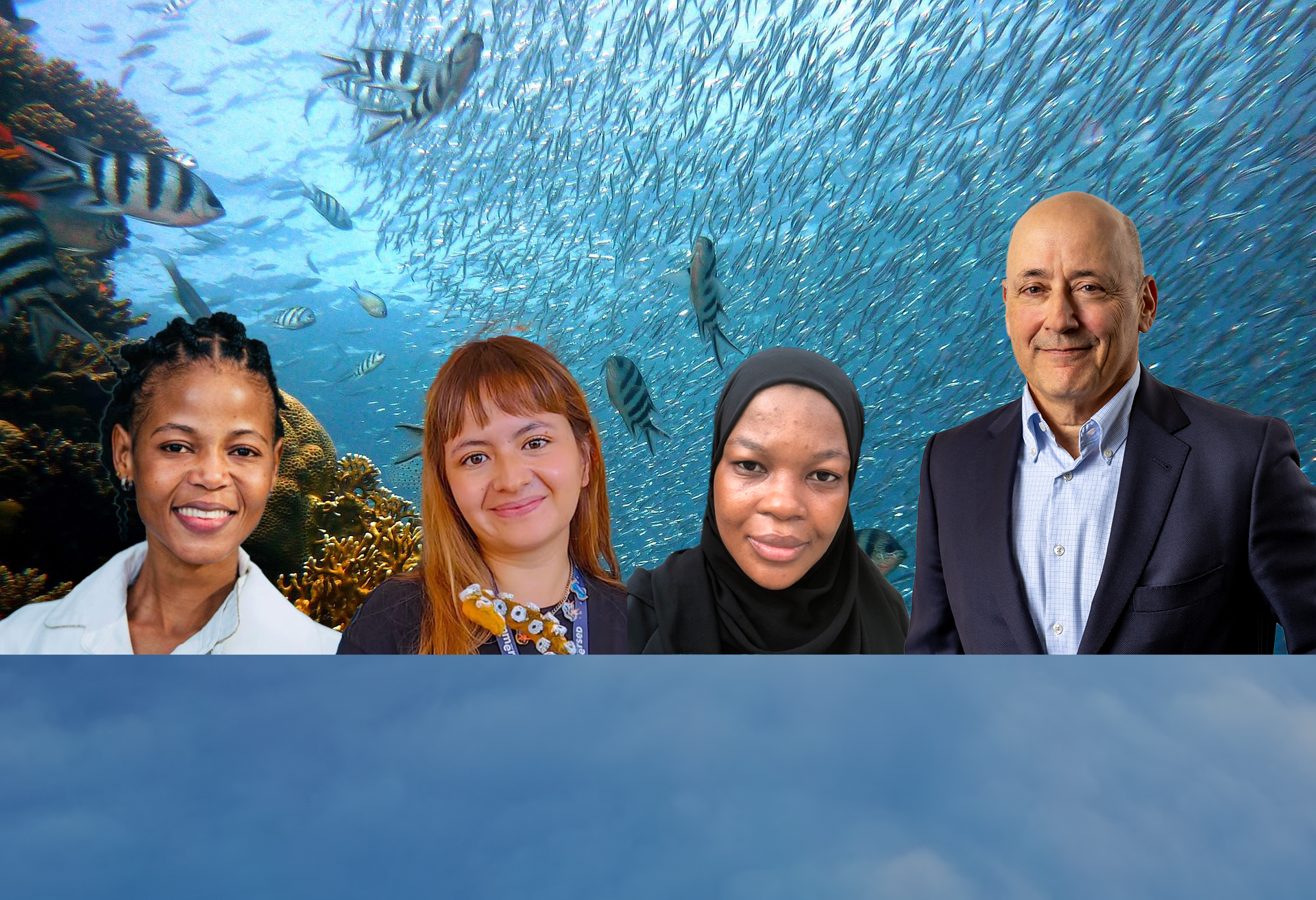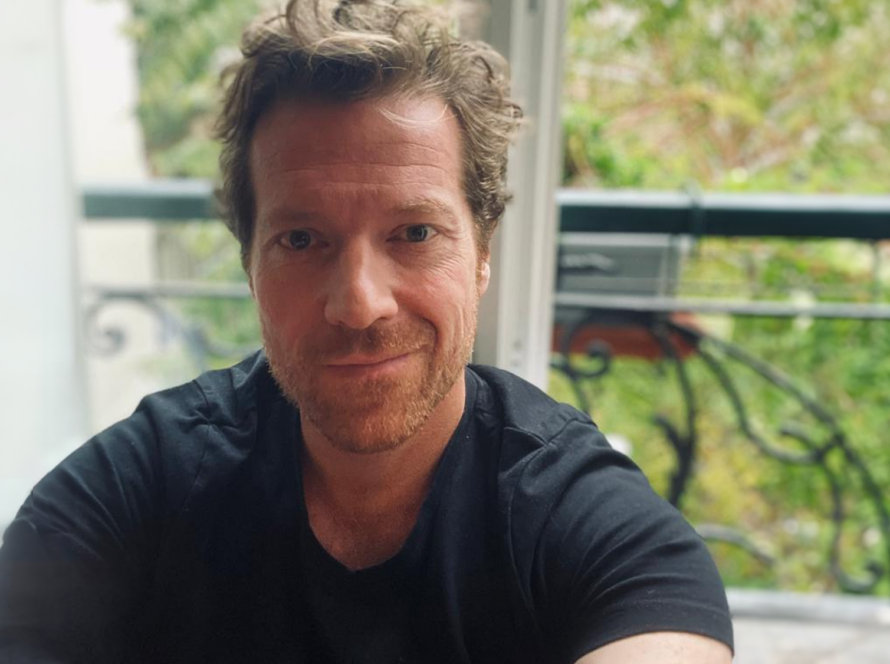Global Ecosystem for Ocean Solutions (GEOS) is a program of Ocean Visions, a nonprofit conservation organization working to support ocean-based solutions to counter and reverse the impact of climate change on the ocean. GEOS aims to accelerate international collaboration on potentially crucial but unexplored solution pathways at the ocean-climate nexus, such as marine-based decarbonization, marine carbon dioxide removal (mCDR) and the repair of oceanic ecosystems. In mCDR, these might include, for example, blue carbon restoration, micro- and macroalgae cultivation, electrochemical CDR, and ocean alkalinity enhancement.
CarbonFix has awarded a grant to Ocean Visions for its GEOS work to help establish three hubs in the Global South and appoint three corresponding local fellows. The fellows are the leaders who are building the hubs to increase systemic capacity and regional understanding and support for ocean-based climate solutions. GEOS is an endorsed program of the United Nations Decade of Ocean Science for Sustainable Development.
The three fellows are (pictured above left to right): Shamim Nyanda in Tanzania, Catalina Reyes, a biologist and microbiologist with expertise in marine affairs in Colombia, and Dr. Mariam Maku Swaleh in Kenya.
Brad Ack, CEO of Ocean Visions, has worked at the intersection of science, policy and environmental innovation for 35 years, from tropical Latin America to the rivers and canyons of the Southwest US. For the last 20 years, he has worked on global oceans, including as Senior Vice President at WWF-US.
Q: Hi Brad! Can you explain what the Global Ecosystem for Ocean Solutions project is about?
We’re working to build a global ecosystem for developing, testing, and implementing ocean-based climate solutions, in part through Ocean Climate Innovation Hubs. These hubs serve as focal points for exploring ocean-based carbon removal and ecosystem restoration, and they are designed to foster innovation to tackle intractable problems. Currently, the hubs are collaborative agreements among multiple institutions, although we might have physical spaces in the future.
Q: What inspired you to initiate this project?
At Ocean Visions, we are laser-focused on reversing the ocean-climate crisis through a holistic strategy we call the four R’s: Reduce (ocean-based decarbonization), Remove (cleaning up carbon pollution), Repair (emergency interventions to avoid tipping points), and Reach (building a global community to advance ocean-climate solutions).
We began working on the Hubs because of the interest we were getting through the UN Decade to be involved in what we were working on. There’s not much of a focus anywhere in the world on the agenda that Ocean Visions advances. And we knew that we needed key leaders — the fellows — to establish the hubs.
Q: Why is marine carbon dioxide removal important?
We’ve emitted about 2 trillion tons of CO2 since the industrial revolution. No matter how far we get on reducing emissions, we’ll still have this burden of legacy pollution. All IPCC scenarios that get us to net zero require significant carbon removal: 7-9 billion tons a year by 2050. Where are we going to remove that from? The ocean is one logical possibility as it already performs massive carbon removal and storage naturally, but we need to research which pathways are durable, viable, and safe. Humanity is in a race to research and investigate every single kind of carbon removal on land and sea, and then we’ll have to collectively decide which ones to pursue.
Q: Why are you focused on the Global South?
The Global South faces the greatest climate vulnerability and has immediate vested interest in solutions. They can provide moral authority on these issues and are less constrained by entrenched biases that have stymied progress in the Global North, where “deep green” environmental groups often view these approaches as dangerous distractions and say we should keep our eyes on the “simple” goal of shifting to a low-carbon economy.
That may have been the only solution needed if we had done it 40-50 years ago. But we’re well past the point where reducing emissions alone will guarantee a safe planet. We have to challenge that narrative. We believe that the Global South can play a critical role in advancing work on solutions and so be leaders in ultimate deployment of the ones that work. There’s a large role for big ocean states and small island developing states, to be leaders in advancing this global carbon clean-up industry.
The Western conservationist movement is conservative. I’ve worked in it my whole life. And you can argue, if you look at all the environmental indicators, that we have largely failed as a movement. We need to pivot and get out of these entrenched mindsets. We’re going to need leadership from elsewhere.
Q: What makes you excited about the GEOS project?
I’m excited about our fellows — all women, all science-driven, all visionary in what they’re trying to do. They are very inspiring. I’ve been really impressed by their drive, their leadership, their ability to re-shape and reform the ideas that we’ve put out there into their contexts and then to become leading spokespeople.
We need the younger people who are going to live with this problem to be fully engaged, and so we need to give them support to work on new solutions, and not be constrained by dogmatic thinking. Right now, if you want to work on Arctic intervention, it would be hard to find organizations that would support you, or a welcoming government. There are not enough spaces for people who want to orient their career towards these topics. There’s a real dampening effect. This was the case five years ago for carbon dioxide removal, but we have slowly made progress there.
And that’s why we have our REACH program, to create excitement and enthusiasm around becoming a climate repair hero.
Q: What have you achieved so far?
We’re supporting three hubs in Kenya, Tanzania, and Colombia, with two new ones planned in South Africa and Chile.
The hubs are going to set their own goals. We’re not leading them or directing them, we’re supporting them to explore these arenas of potential ocean-climate solutions that people in those regions come up with. We’re creating infrastructure for innovation and testing and prototyping and evaluating, and ultimately scaling. What they choose to work on and what they give emphasis is, depends on the location, what resources are available, what are the biggest impacts their countries are facing from ocean-based climate change.
Q: And what are the barriers to success?
Resource limitations are the primary challenge — we can’t provide enough funding for our fellows or hubs to hire staff, or to have facilities or institutional agreements with universities and laboratories. Additionally, there’s not enough momentum and conversation around carbon removal and the urgency to work on it, even though it’s required by all IPCC scenarios that get us to net zero..
Without a stronger consensus around CDR, it’s really hard for people at the level of a hub to gain traction. Currently, there is a lot of issue salience for decarbonization — blue foods, marine energy. But when it comes to carbon removal and ecosystem repair, there’s not much salience. We’re trying to change that. We do a lot of outreach, a lot of events, we convene, we host summits. We’re trying to be an alternative community for this.
Q: What do you wish people outside the climate space knew, that those inside the climate space already know?
To be honest, I wish there were more people in the climate space who understood that we have to get to net negative, that it’s not enough to get to net zero.
One of the gigantic intellectual blind spots in the community is that net zero is implicitly treated as a good place to get to. It’s not, it is peak carbon – where remaining carbon emissions are offset by carbon removal. That’s not a positive end state, it is a milestone on the way to real zero and then net negative. Meaning the clean up of legacy carbon pollution. Climate restoration should be our goal, and real net negative, which means that carbon removal is non-negotiable.




